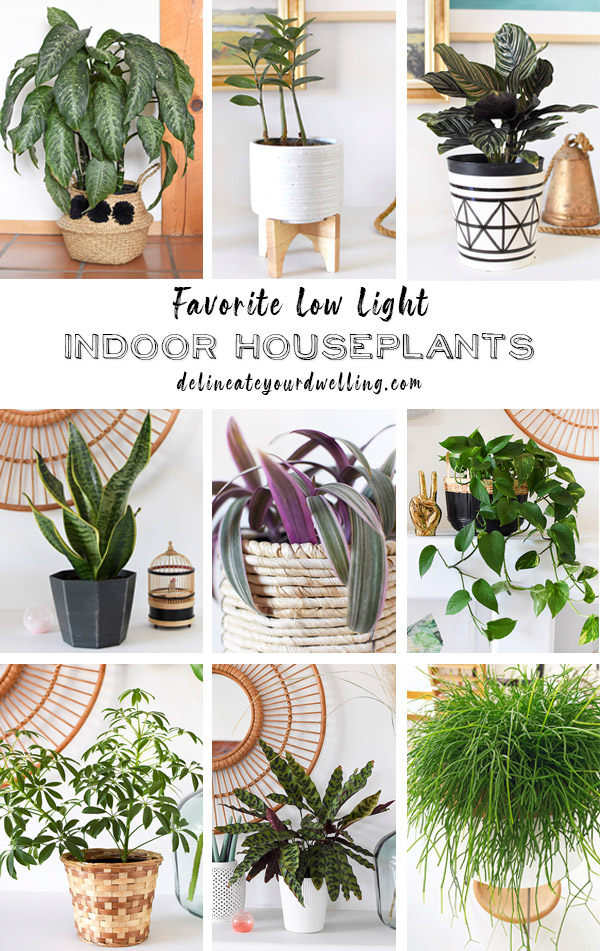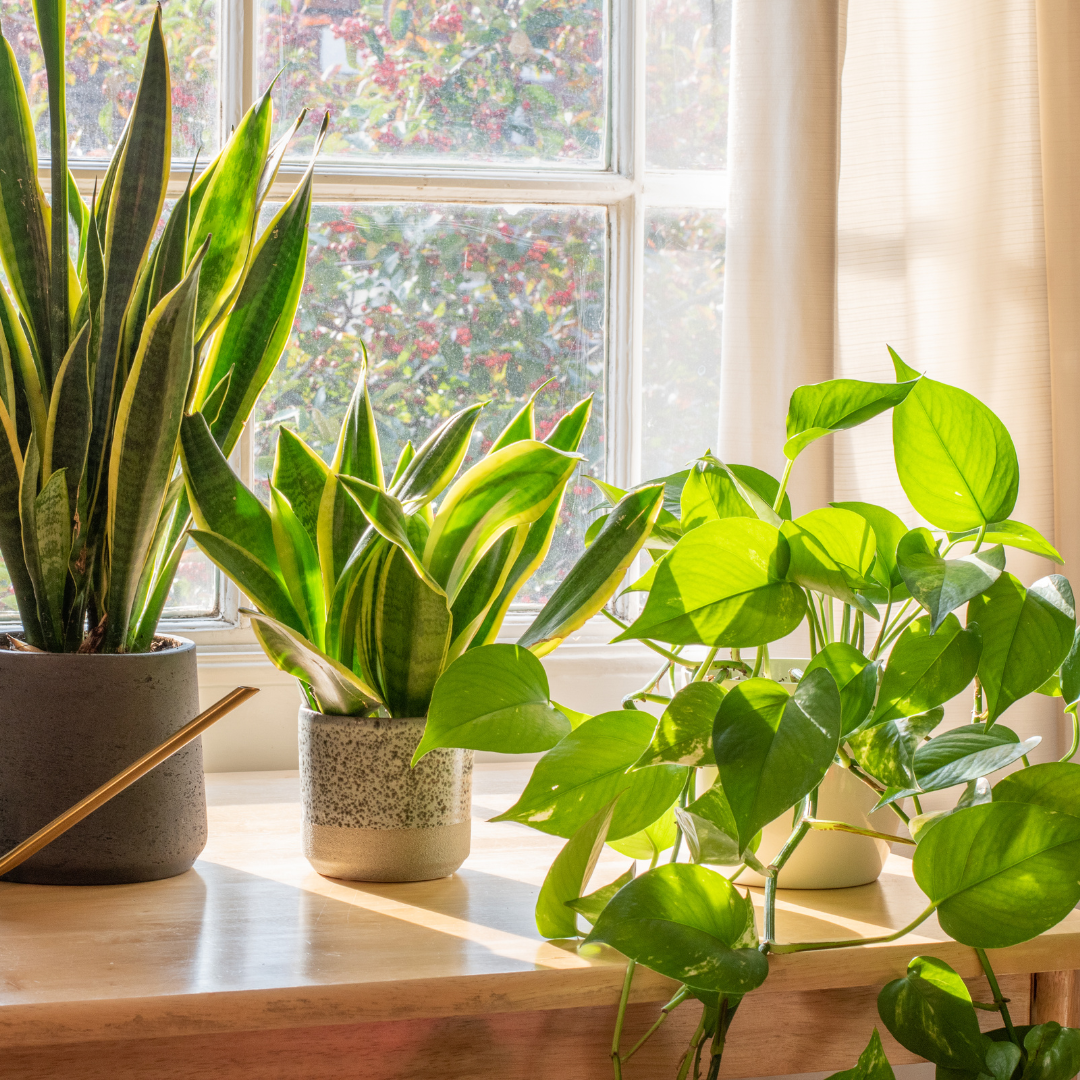Create a Lush Indoor Oasis with the Best Low-Light Indoor Plants
Create a Lush Indoor Oasis with the Best Low-Light Indoor Plants
Blog Article
Discover the Keys of Low-Light Indoor Plants and How They Improve Your Atmosphere
Low-light interior plants have actually amassed raising interest for their one-of-a-kind capacity to improve both aesthetic charm and environmental top quality within workplaces and homes. These durable varieties, consisting of the Serpent Plant and Tranquility Lily, not just prosper in difficult illumination problems however also play a pivotal duty in air filtration and emotional wellness. Recognizing the specific benefits and care requirements of these plants can considerably impact your home. As we discover the intricacies of their benefits, you might find understandings that might change your surroundings in unexpected methods.
Advantages of Low-Light Indoor Plants
Although numerous individuals presume that interior plants require plentiful sunshine to flourish, low-light indoor plants supply a wide variety of advantages that make them perfect for numerous environments. One of the main advantages is their flexibility; they can thrive in rooms with minimal all-natural light, such as workplaces, cellars, or areas with small windows. This attribute enables people to enhance their environments with greenery, adding to enhanced appearances without the requirement for substantial illumination modifications.
In addition, low-light interior plants can substantially boost indoor air top quality by filtering system harmful contaminants and releasing oxygen, making living rooms healthier. The existence of plants has actually been linked to better sensations of tranquility and emphasis.
Additionally, low-light plants often call for much less upkeep than their sun-loving counterparts, making them suitable for busy people or those new to gardening. Their strength permits them to prosper with minimal intervention, thus supplying a rewarding experience for plant lovers and newbies alike. In summary, low-light interior plants offer both functional and visual functions, making them beneficial enhancements to any room.
Top Low-Light Plant Selections
Low-light indoor plants been available in a range of types, each offering special characteristics and benefits suited for dark environments. Amongst the most prominent ranges is the Serpent Plant (Sansevieria), known for its air-purifying abilities and building leaves. This resilient plant flourishes on overlook and can endure a vast array of light conditions.
Another excellent selection is the ZZ Plant (Zamioculcas zamiifolia), which features glossy, dark eco-friendly fallen leaves and is very drought-tolerant. Its adaptability makes it a preferred for workplaces and homes with minimal sunlight.
The Pothos (Epipremnum aureum) is also a leading challenger, with its tracking creeping plants and heart-shaped fallen leaves - Best low-light indoor plants. This versatile plant can be educated to climb up or cascade, including aesthetic passion to any space

Treatment Tips for Low-Light Plants
Taking care of low-light indoor plants needs a nuanced understanding of their particular demands to make sure optimal development and vitality. First, it is vital to select the appropriate potting mix, as a well-draining soil is crucial to avoid root rot. A mix created for houseplants, frequently having peat moss and perlite, functions well for most low-light selections.
Watering is an additional essential facet of care. Low-light plants normally require less frequent watering contrasted to their sun-loving counterparts.
Fertilization should be come close to with care. During the growing season, a diluted liquid fertilizer can be applied monthly, however in winter season months, numerous low-light plants get in inactivity and call for little to no fertilization.
Finally, it is very important to regularly clean up the leaves to get rid of dirt, permitting for home better light absorption. By adhering to these care suggestions, you can grow a thriving atmosphere for your low-light indoor plants, enhancing both their appearance and longevity.
Enhancing Air Top Quality With Plants
Interior plants play a substantial function in boosting air quality within homes and office. Through the process of photosynthesis, these plants absorb carbon dioxide and release oxygen, adding to a much healthier ambience. In addition, particular low-light indoor plants possess the ability to filter unsafe contaminants, such as benzene, formaldehyde, and trichloroethylene, which are generally found in interior settings.

In addition, the presence of indoor plants can raise moisture degrees, which helps reduce dry skin and respiratory issues, additionally boosting total health. This capacity to improve air top quality not only promotes physical health however likewise supports psychological health.
Integrating low-light indoor plants into your living and working rooms can result in a much more vibrant and invigorating environment (Best low-light indoor plants). Investing in these natural air cleansers is a basic yet efficient technique for improving interior air quality and promoting a much healthier lifestyle
Creating a Tranquil Indoor Room
The integration look at this site of plants right into living areas not just enhances air top quality but additionally adds to a tranquil atmosphere. Low-light indoor plants, such as snake plants and pothos, are particularly effective in producing a peaceful atmosphere, as they flourish in problems that may or else be unwelcoming for various other plant. Their rich foliage offers a soothing aesthetic, minimizing tension and advertising relaxation.
Integrating these plants into your home or workplace can evoke a feeling of tranquility and well-being. Strategically positioning them in locations where you invest substantial time, such as living areas or offices, permits for an immersive experience with nature, which has been shown to boost state of mind and cognitive feature.
Additionally, the mild movement of leaves in response to air movement can produce a dynamic visual component that boosts the general setting. Take into consideration making use of a selection of plant heights and structures to add depth and rate of interest to your area. With thoughtful positioning and treatment, low-light interior plants can change any type of area into a calm haven, promoting not only visual fulfillment yet psychological and likewise emotional health.

Conclusion
Integrating low-light indoor plants right into various settings returns considerable benefits, including enhanced air quality and enhanced aesthetic charm. The transformative power of low-light plants emphasizes their value in enhancing both household and work-related settings.
Although numerous people presume that interior plants call for plentiful sunlight to grow, low-light interior plants provide a wide range of benefits that make them suitable for various settings.In addition, low-light interior plants can significantly improve interior air high quality by filtering system unsafe toxic substances and releasing oxygen, making living spaces healthier. Additionally, certain low-light interior plants possess the capacity to filter dangerous toxins, such as trichloroethylene, benzene, and formaldehyde, which are commonly found in interior settings.
Low-light interior plants, such see this page as serpent plants and pothos, are particularly efficient in developing a tranquil setting, as they thrive in problems that might or else be inhospitable for other greenery.Integrating low-light interior plants right into different environments returns substantial benefits, consisting of improved air high quality and improved aesthetic appeal.
Report this page